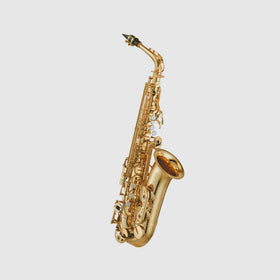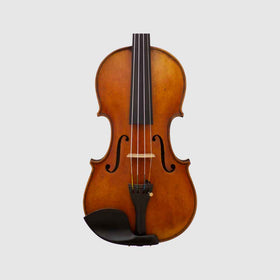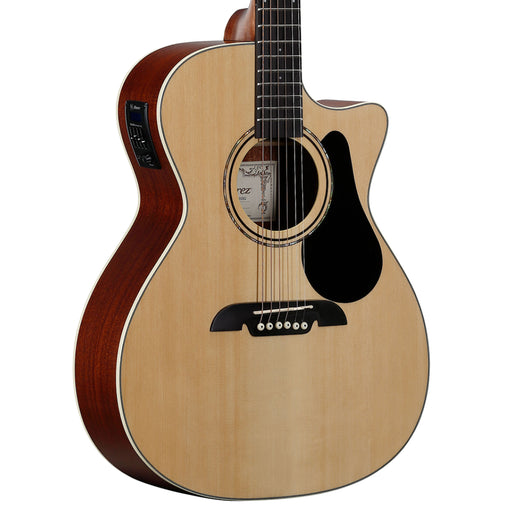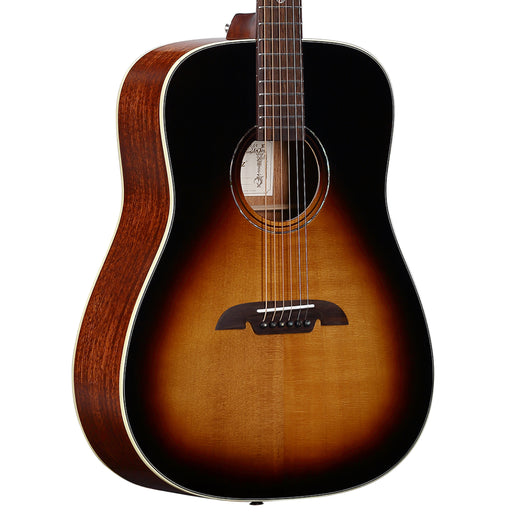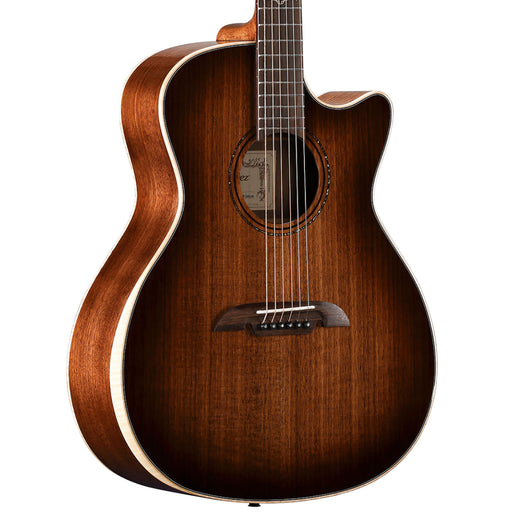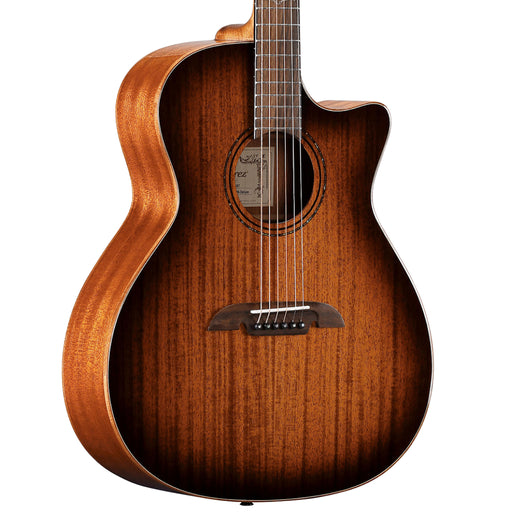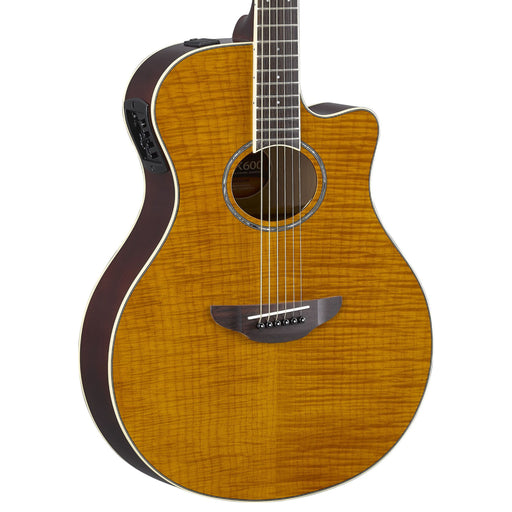The Ideal Size of an Acoustic Guitar for a Child
When introducing a child to the world of music, particularly to the acoustic guitar, one of the most crucial decisions you can make is selecting the right guitar size. A guitar that is too large can be cumbersome and difficult to play, while one that is too small may limit musical development. The ideal size of an acoustic guitar for a child depends on various factors including the child's age, size, and the style of guitar they are interested in. Here's a comprehensive guide to help you make the best choice.
Age and Size Considerations
Toddlers (Ages 3-5)
For very young children, ages 3 to 5, a 1/4 size guitar is often the best fit. These guitars are about 30 inches in length, making them manageable for little hands and arms. This size is perfect for introducing the basics of strumming and simple chords.
Young Children (Ages 5-8)
As children grow, a 1/2 size guitar, typically about 34 inches in length, becomes more appropriate. This size is suitable for kids in the 5 to 8 age range. It's slightly larger and provides a bit more range in terms of what can be played.
Older Children (Ages 8-12)
For children aged 8 to 12, a 3/4 size guitar is ideal. These guitars are roughly 36 inches long and are closer in size to a full-size guitar without being overwhelming. They offer a broader range of notes and are suitable for learning more complex pieces.
Teenagers (Ages 12+)
Most teenagers, depending on their physical development, can handle a full-size guitar. These guitars are typically 40 inches or more in length. However, if the teenager is smaller in stature, sticking with a 3/4 size guitar might still be the best choice until they grow into a full-size model.
Style of Guitar
There are different styles of acoustic guitars, and the style can also influence the size choice. Classical guitars, for instance, often have nylon strings which are easier on the fingers, making them a popular choice for children. Steel-string acoustic guitars, on the other hand, produce a louder and brighter sound but can be more challenging for young fingers.
Comfort and Playability
The most crucial factor is the child's comfort and ability to play the guitar. The guitar should not only fit their size but also feel comfortable in their hands. When holding the guitar, the child should be able to reach the strings without straining and hold the guitar body comfortably against their own body.
Future Considerations
While it's essential to choose a guitar that fits your child now, it's also worth considering how long they will be able to use it. If your child is on the cusp of the next size up, it might be worth investing in a larger size that they can grow into, provided it doesn't impede their ability to learn and play comfortably.
Selecting the right size acoustic guitar for a child is a balance between their physical size, age, and the style of guitar. The key is to find a guitar that they can comfortably play and enjoy, which will encourage their continued interest and development in music. Remember, the best guitar for any child is one that fits them well and inspires them to play.
Tarpley Exclusives
Alvarez Regent RG26CE-DELUXE Acoustic-Electric Guitar
AlvarezDesigned by the top AIMM Dealers in the US The Alvarez Guitars Regent Series RG26CE-Deluxe has a Sitka Spruce top with a natural, gloss finish. The...
View full detailsAlvarez Masterworks MD60EVB Acoustic-Electric Guitar
AlvarezThe MD60EVB Deluxe features carefully seasoned tonewoods that include a AAA solid Sitka cured top, solid African Mahogany back and sides, and one p...
View full detailsAlvarez Artist Elite AGW77CESHB-DELUXE Acoustic-Electric Guitar
AlvarezDesigned by the top AIMM Dealers in the US Alvarez Grand Auditorium acoustic electric guitar with cutaway and bevelled armrest. Comes with the LR B...
View full detailsAlvarez Artist AG66CESHB-DELUXE Acoustic-Electric Guitar
AlvarezDesigned by the top AIMM Dealers in the US The Artist AG66CESHB-DELUXE is a beautifully developed Grand Auditorium acoustic electric guitar with a ...
View full detailsYamaha APX600FM Acoustic-Electric Guitar
YamahaOne of the world's best-selling, acoustic-electric guitars, the APX Series thinline body combines incredible comfort, easy top-fret access and natu...
View full details
